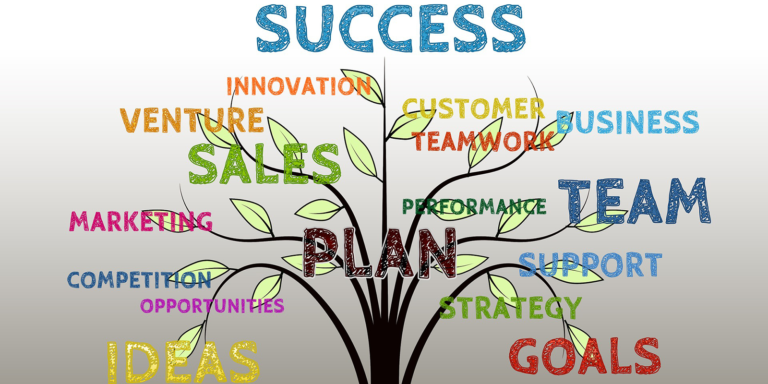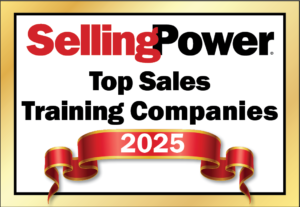How to use Marketing for Sales Conversions and Closing Deals

Marketing can be a powerful weapon for sales professionals. With the rise of digital, marketing can do so much more to support sales than just passing qualified leads. New technology offers marketers additional capabilities to elevate marketing programs and identify potential sales enablement opportunities. Such elements as partner marketing, event marketing, social media and even e-commerce can accelerate conversions. Here are three ways to use marketing elements to enable sales:
Co-marketing or partner marketing is usually a strategic initiative directed by top management based on senior sales executive’s recommendations. It’s when two companies collaborate to deliver more value for themselves and their customers. Jobi George, VP of Business Development and International Operations at StreamSets, explained that his company doesn’t have a sizable marketing budget to go after big prospects. In order to get the most out of their budget, they choose partners who complement their solutions and work together on marketing campaigns. ‘Together is better’ helps StreamSets present a strong solution for their potential target customers. One of their co-marketing partners is Cloudera, a platform for machine learning and analytics optimized for the cloud which benefits from StreamSet’s dataflow performance management offerings.
By working together, they create a better end-to-end solution for their target customers. So, they partnered to create joint messaging. StreamSets positions itself as an ideal solution for data input into the Cloudera infrastructure. They attend industry conferences together. They develop target lists to invite each other’s customers to attend special events. They also do webinars incorporating both platforms and create joint white papers and other content. Jobi said it clearly: “The purpose of partner marketing is to make one plus one equal more than two. At the end of the day, it’s about creating more customers for both companies.” This is a perfect example of using marketing to sales advantage.
I’ve heard that e-commerce is eating sales’ commissions. But this doesn’t need to be the case if sales’ compensation is structured properly. During the 2017 holiday season my salesperson completed my furniture purchase process via the store’s e-commerce website. She said that it’s faster than using the point of sale system. Here she is, a salesperson, using the e-commerce workflow to complete an in-store sales transaction.
When I asked her if the e-commerce site has any impact on her commissions, she said that any impact is positive. She gets credit for the sales even if she enters it using the e-Commerce site and, since the e-commerce is her virtual showroom, it helps drive traffic.
Many of her customers would browse the store’s e-commerce site to view the products and specs, then they come to the store, ask her questions about their choices and complete transactions in person. She told me that some people prefer going through the whole buying process online, while some prefer doing research online and completing transactions in person. E-commerce gives her customers choices on how to shop. When buying big-ticket items such as furniture, customers still prefer to come to the store to see the furniture. Many people love to buy face-to-face and talk to salespeople. Obviously, Amazon also knows that, so that they are trying to expand their physical retail outlet presence.
As boundaries between different functions evolve and merge, marketing’s role will need to expand to:
- Identify marketing elements which can be part of the sales discussion
- Educate sales in key marketing programs
- Brainstorm specific marketing programs which can aid sales negotiations
Using marketing elements wisely takes time to brainstorm, plan, and collaborate. It requires marketing to be nimble and spontaneous. At the same time, it also requires sales to sit down with marketing to think through its overall sales strategy and engagement plans. The reality is that sales and marketing don’t have time when they are constantly under pressure to meet deadlines and quarterly quotas. It requires both sides to think beyond MQLs. It’s about how to use marketing elements in a creative way to drive demand and close deals at the same time.
Pam Didner is a marketing consultant, writer, and speaker and the author of Global Content Marketing and Effective Sales Enablement. www.PamDidner.com.
Get our eNewsletter
Get the latest sales leadership insight, strategies, and best practices delivered weekly to your inbox.
Sign up NOW →